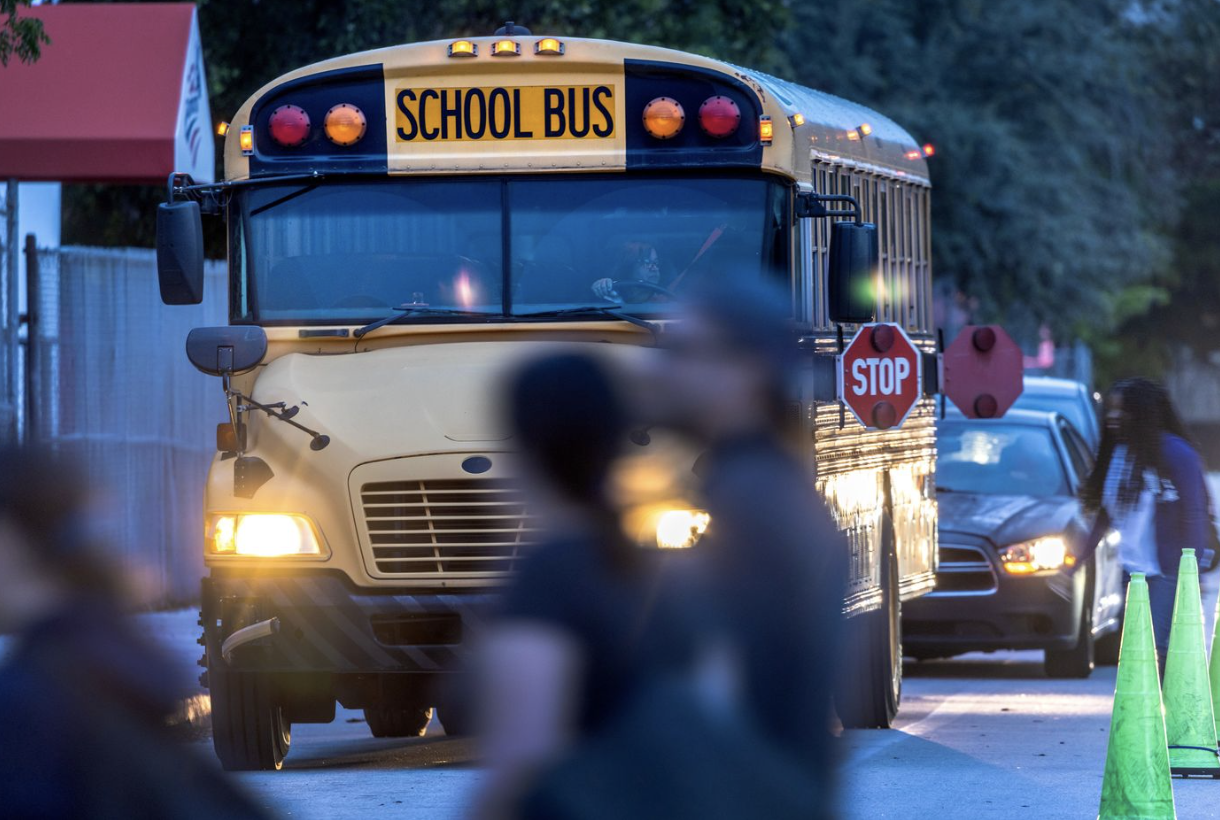By: Jason L. Riley – wsj.com – September 5, 2023
Yes, this is another September “back to school” column. My apologies. But someone needs to keep pointing out that our national debate over which books to allow in classrooms, or how to teach slavery to middle-schoolers, is far less consequential than the continuing inability of most youngsters to read or do math at grade level.
In Florida, where GOP governor and presidential candidate Ron DeSantis has taken lumps for a couple sentences in a 200-page black-history curriculum, only 39% of Miami-Dade County fourth-graders are proficient in reading, according to a Miami Herald report last year on standardized test results. By eighth grade the number drops to 31%, and math scores are just as bad. Who cares if kids have access to books by Toni Morrison or Jodi Picoult if most of them can’t comprehend the contents?
These dismal outcomes have persisted nationwide for decades, and the racial achievement gap is even more disturbing. The U.S. Education Department reported last year that in 2022 the average reading score for black fourth-graders in New York on the National Assessment of Educational Progress trailed that of white fourth graders by 29 points. This “performance gap was not significantly different from that in 1998,” the report added.
The progressive left’s response to these outcomes has been to wage war on meritocracy rather than focus on improving instruction. The goal is to eliminate gifted-and-talented middle-school programs, high-school entrance exams and the use of the SAT in college admissions. One defense of racial preferences in education for black students is that recipients, including those who go into teaching, are more likely to work in low-income minority communities after graduation. That’s true, but is it what economically disadvantaged students really need, more second-rate teachers?
In his lively autobiography, “Up From the Projects,” the late economist Walter Williams related an incident from his teaching days at California State University, Los Angeles in the late 1960s. A black student approached him at the end of the course and said he needed a B to graduate. The student told Williams that he wanted to teach school in Watts, a predominantly black section of Los Angeles. Williams replied that Watts didn’t need any more mediocre educators. He added, jokingly, “If you’d said San Fernando Valley”—a predominantly white area back then—“I’d have given you the B.”
Williams was appalled that many of his academic colleagues were holding their black students to lower standards. “There was no more effective way to mislead black students and discredit whatever legitimate achievements they might make than giving them phony grades and ultimately fraudulent diplomas,” he wrote. Sadly, the downstream effects of lax standards for black students that concerned him more than 50 years ago have only gotten worse.
Medical students in all 50 states must pass a licensure exam before they can practice. The exam has three parts, and Step 1 is administered at the end of the second year of medical school. It measures your grasp of basic science topics—anatomy, biology, biochemistry, pharmacology—and is highly predictive of how you will perform in medical school going forward.
A student’s numerical score on the Step 1 exam has long been the most important tool in evaluating candidates for the most competitive medical disciplines and residency programs. Three years ago, representatives of the nation’s leading medical groups voted to scrap numerical scores and report the results of the Step 1 exam as pass/fail.
The reason is simple, according to Stanley Goldfarb, an academic physician and former associate dean of curriculum at the University of Pennsylvania’s medical school. In a recent book on how social-justice activism has affected medical training, “Take Two Aspirin and Call Me By My Pronouns,” Dr. Goldfarb explained that black students underperform on the Step 1 exam. “The solution to the fact that white students score better on the exam was to eliminate reporting scores,” he wrote, which “makes about as much sense as Major League Baseball eliminating batting averages to assure that no ethnic cohort outperforms the others.”
Dr. Goldfarb’s book has an amusing title—which comes from an op-ed he wrote for this paper in 2019—but what it describes is nothing to laugh at. Those who complain about racial disparities in medical outcomes might consider how racial double standards contribute to them. Medical schools have been pressured to relax admission standards for diversity purposes, which has led to the relaxation of grading standards and licensure requirements.
Black doctors are more likely than white doctors to practice in medically underserved areas, but low-income blacks need second-rate doctors even less than they need second-rate teachers. For whatever reason, it seems lost on progressives that addressing the racial achievement gap in K-12 education would go a long way toward addressing the one in medical school.
To see this article in its entirety and to subscribe to others like it, please choose to read more.
Source: The Racial Achievement Gap and the War on Meritocracy – WSJ
 Listen Online
Listen Online Watch Online
Watch Online Find a Station in Your Area
Find a Station in Your Area










 Listen Now
Listen Now Watch Online
Watch Online
